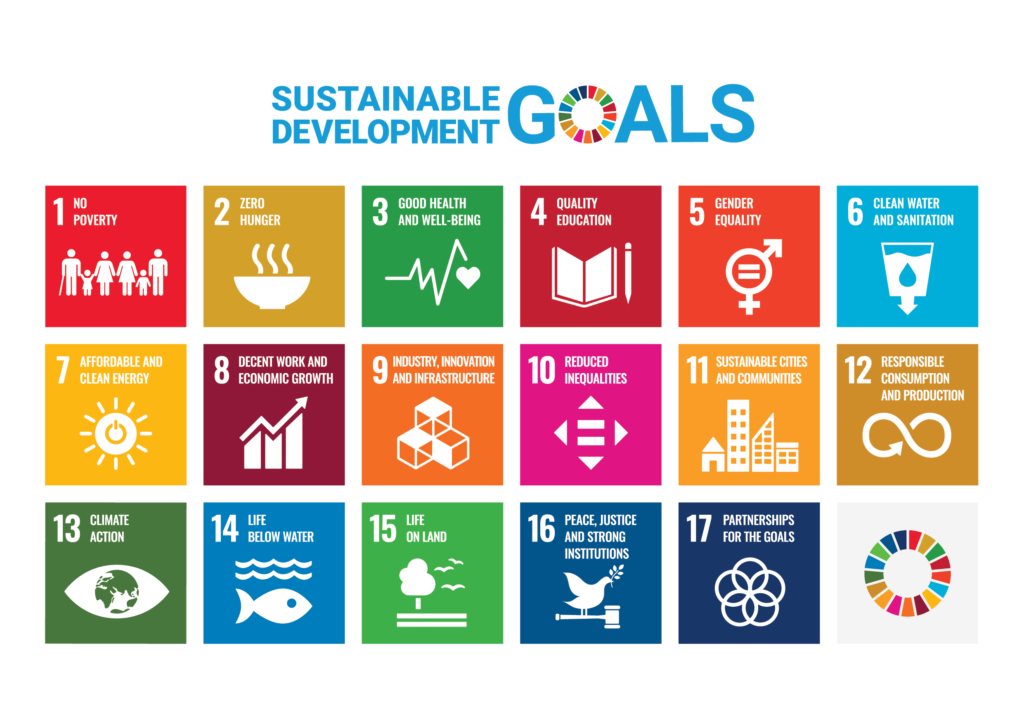The power of global policies: LongITools progressing the SDGs
Share Line
Twitter – SDGs as a global #policy ambition should not be understated & provide a key link into how research projects can help pursue ambitions wider than their immediate focus. Read @LongITools blog on this subject #GlobalGoalsWeek
In 2015, all 193 members of the United Nations adopted the 17 Sustainable Development Goals (SDGs) as a shared blueprint for peace, prosperity for people and planet, now and into the future. Now five years old, their value as a global policy ambition should not be understated and provide a key link into how research projects can help pursue ambitions wider than their immediate focus.
The goals are varied and provide a holistic ambition to tackle major global challenges. With an overarching objective of “leaving no one behind” they encompass the aim of ensuring social justice through population equity and achieving equality. Whilst the SDGs are primarily focused towards the national level, increasingly cities and local governments/municipalities are turning their attention to how they can progress the goals. This becomes important as bottom-up approaches to policy developments are slowly transforming communities for the better.
Whilst the SDGs are primarily focused towards the national level, increasingly cities and local governments/municipalities are turning their attention to how they can progress the goals. This becomes important as bottom-up approaches to policy developments are slowly transforming communities for the better.
So which goals and targets might LongITools help contribute to?
Goal 3: Good Health and Well-being
Goal 3 aims to ensure healthy lives and promote wellbeing for all at all ages. This life-course approach is essential to ensure that we achieve increases in life expectancy, but more importantly the gap between life expectancy and healthy life expectancy decreases. LongITools takes a life-course approach using cohort data across three age groups: newborns and children; adolescents and young adults, adults and older age. Goal 3 itself has numerous targets that closely link to the aims of LongITools:
- Target 3.4 – reduce by one third premature mortality from non-communicable diseases;
- Target 3.9 – significantly reduce the number of deaths from air pollution.
Goal 11: Sustainable Cities and Communities
Goal 11 is focused primarily at local governments/municipalities in progressing healthy and sustainable cities and communities. Cities and communities are the source for many of the wider determinants of health, with environmental exposures (built, air and noise) resulting as a direct consequence of the local place. Not only this, but our lifestyle factors, such as physical activity, smoking and alcohol prevalence, and diet amongst many, are affected by the community we live in. LongITools will study how some of those factors interplay with traditional biological risk factors such as high cholesterol, hypertension and insulin resistance to better understand the risk trajectories for cardiovascular and metabolic cardiovascular diseases. This will help in identifying the healthcare policy options for upstream prevention linked to Goal 3, and what might be needed across these Goal 11 targets:
- Target 11.6 – reduce the adverse per capita environmental impact of cities;
- Target 11.7 – provide universal access to safe, inclusive and accessible, green and public spaces.
Goal 13: Climate Action
Taking effective climate action is one of the greatest global challenges we face. With the temperature predicted to increase to harmful levels, we are already seeing the devastating impact of climate irregularities, with 2020 witnessing record breaking fires in Australia, the US and various parts of Africa. It has emerged as a key policy priority with national and local government declaring emergencies, and ambitions to achieve net-zero carbon emissions at different points with the earliest by 2030. By researching and understanding how the environment interplays with our biology to affect health risk, LongITools will contribute to our wider understanding of how to take effective climate action:
- 13.2 – integrate climate change measures into national policies, strategies and planning;
- 13.3 – improve education on climate change mitigation, adaptation, impact reduction and early warning.
So why is this important?
Quality research, and strong evidence-based policy options are essential but need to have considered the bigger picture. In doing so, there is the chance for connection and collaboration.
LongITools aims to create a real understanding of how we can enable healthier lives through reducing the risks of non-communicable diseases. But our research also has the potential for wider positive impacts by providing the evidence to help tackle the globe’s biggest challenges and contribute to the progress of the SDGs. The mantra of “leaving no one behind” means that no one can ignore the challenges. With ten years of the goals still to go, let’s help make the 2020s a turning point for humanity.